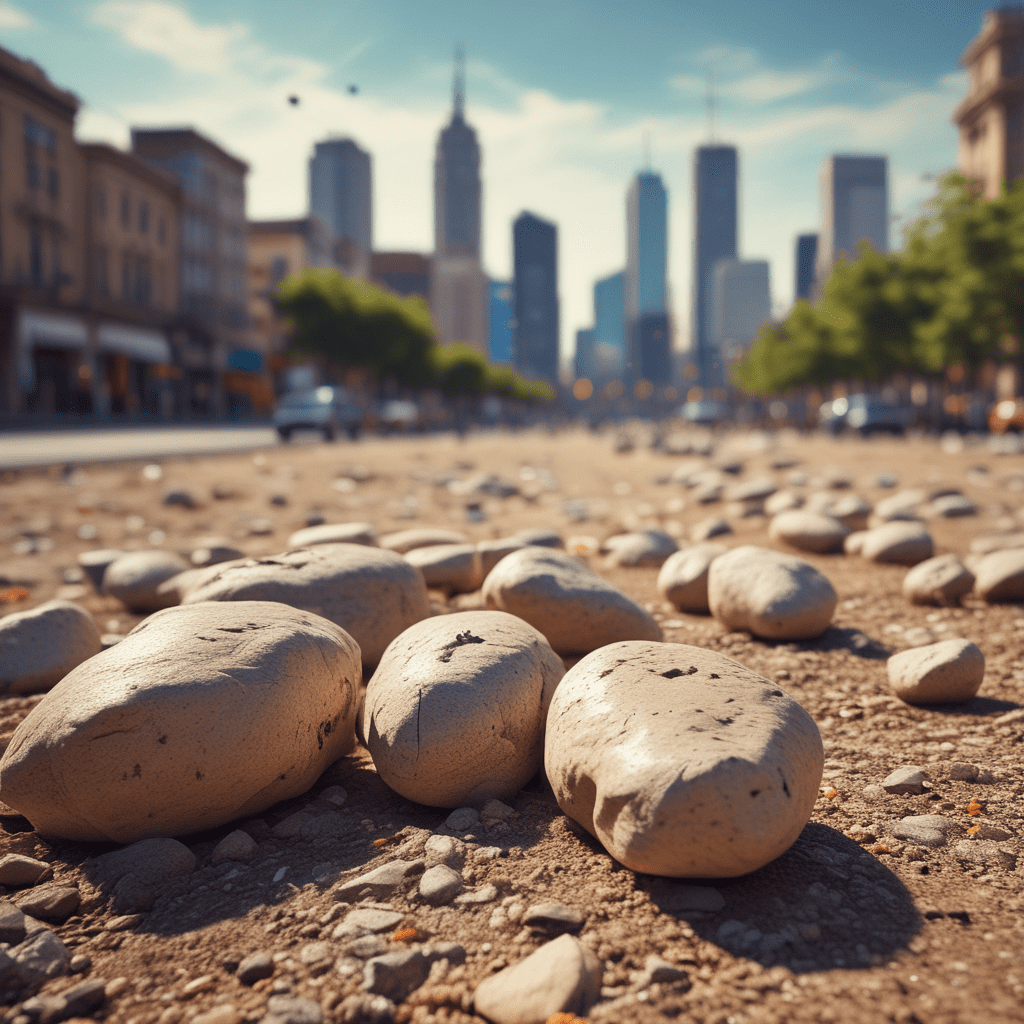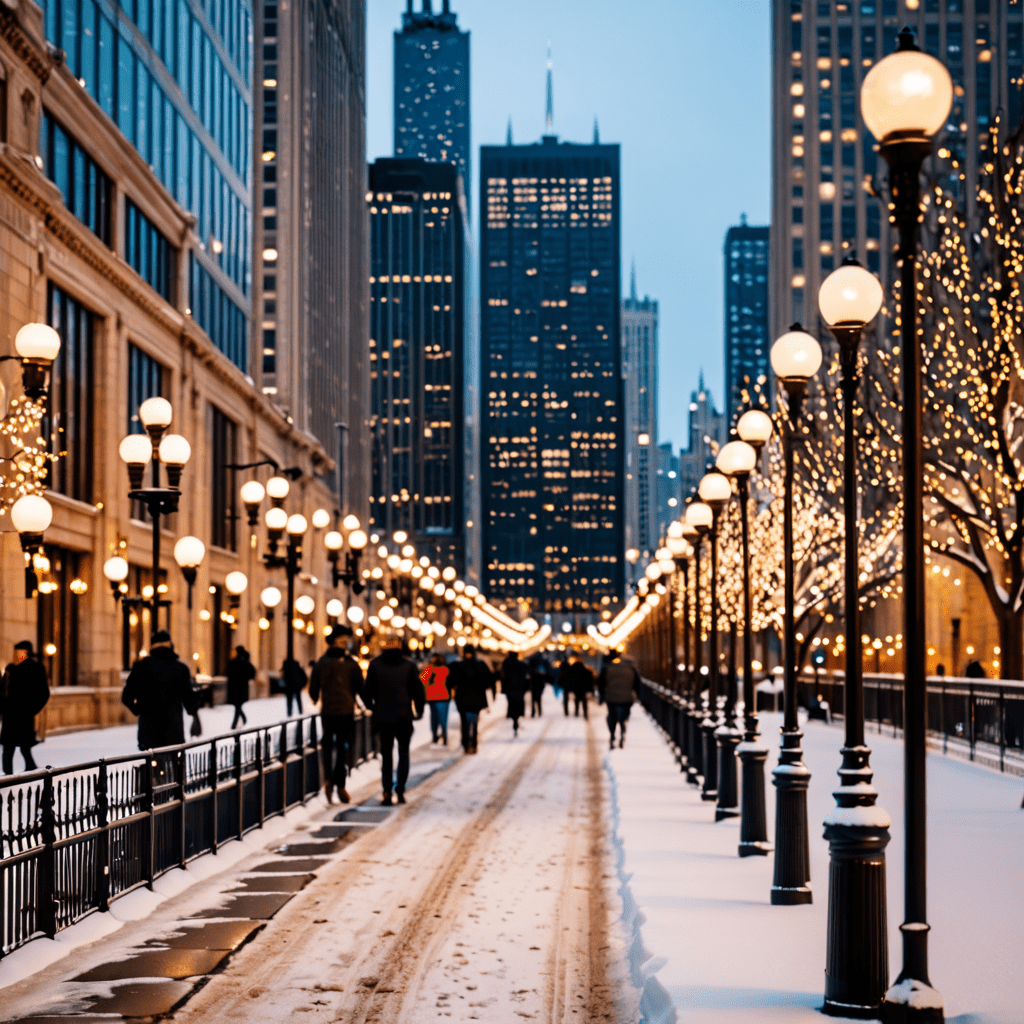Exploring Albania’s Unique Traditional Costumes
Albania, a country nestled in the Balkans region of Europe, boasts a rich cultural heritage, and one of the most striking elements of this heritage is its traditional costumes. The traditional attire of Albania is not only an expression of the country’s diverse history and regional distinctions, but it also reflects the pride and identity of the Albanian people.
The Rich History of Albanian Traditional Costumes
Albanian traditional costumes have a history dating back centuries, with each region and community in Albania having its own distinct style and design. These costumes are deeply intertwined with the country’s folklore, customs, and traditions, often serving as a means of showcasing cultural identity.
Regional Variations in Albanian Traditional Attire
Albania’s traditional costumes vary from one region to another, each bearing unique characteristics that represent the local culture and history. The North, South, and Central regions of Albania each have their own distinct styles, colors, and patterns, making it a fascinating exploration of diversity within a single country.
Elements and Symbolism in Albanian Traditional Costumes
Albanian traditional costumes are adorned with a myriad of symbols and motifs, each carrying deep cultural and historical significance. From geometric patterns to embroidery and jewelry, these attires often symbolize marriage, social status, religious beliefs, and even protection from malevolent forces.
The Role of Traditional Costumes in Albanian Celebrations and Festivals
Albanian traditional costumes play a pivotal role in various cultural celebrations, weddings, and festivals throughout the country. They are worn with pride and reverence, becoming an integral part of the ceremonies, preserving heritage, and serving as a visual feast for those who partake in the festivities.
Preservation Efforts and Contemporary Influences
While traditional costumes hold a significant place in Albanian culture, contemporary influences and global trends have impacted their use and preservation. Efforts to safeguard and promote these costumes as a part of the national heritage are ongoing, spurring interest in their history and craftsmanship.
Experiencing Albania’s Traditional Costumes
When visiting Albania, exploring the world of traditional costumes is a must for any enthusiast of culture and history. Museums, cultural events, and local markets offer opportunities to witness, appreciate, and even acquire these beautiful pieces of living heritage.
In conclusion, Albania’s traditional costumes are a captivating reflection of the country’s cultural richness and diversity. They encapsulate centuries of tradition, craftsmanship, and symbolism, serving as a bridge between the past and the present, and embodying the pride and resilience of the Albanian people.
FAQs About Albania’s Unique Traditional Costumes
What are traditional Albanian costumes?
Traditional Albanian costumes are a reflection of the country’s rich cultural heritage, featuring vibrant colors, intricate embroidery, and unique designs. These costumes vary by region and are worn during special events, celebrations, and festivals.
What are the different types of traditional Albanian costumes?
Albania has a variety of traditional costumes, including the “Xhubleta” or “Xhurdia” worn by women in the south, the “Tirq” worn by men in the central and northern regions, and the “Fustanella,” a pleated skirt-like garment worn by men in the highlands.
What do the colors and designs of Albanian costumes symbolize?
The colors and designs of Albanian costumes often hold symbolic meanings. For example, red is associated with bravery and heroism, while geometric patterns symbolize protection and fertility. Each region has its own distinct patterns and colors, reflecting local traditions and beliefs.
How are traditional Albanian costumes preserved and celebrated today?
Efforts are being made to preserve and promote traditional Albanian costumes through cultural festivals, museum exhibits, and educational programs. Many younger generations are also embracing their heritage by wearing these costumes during traditional events and weddings.

